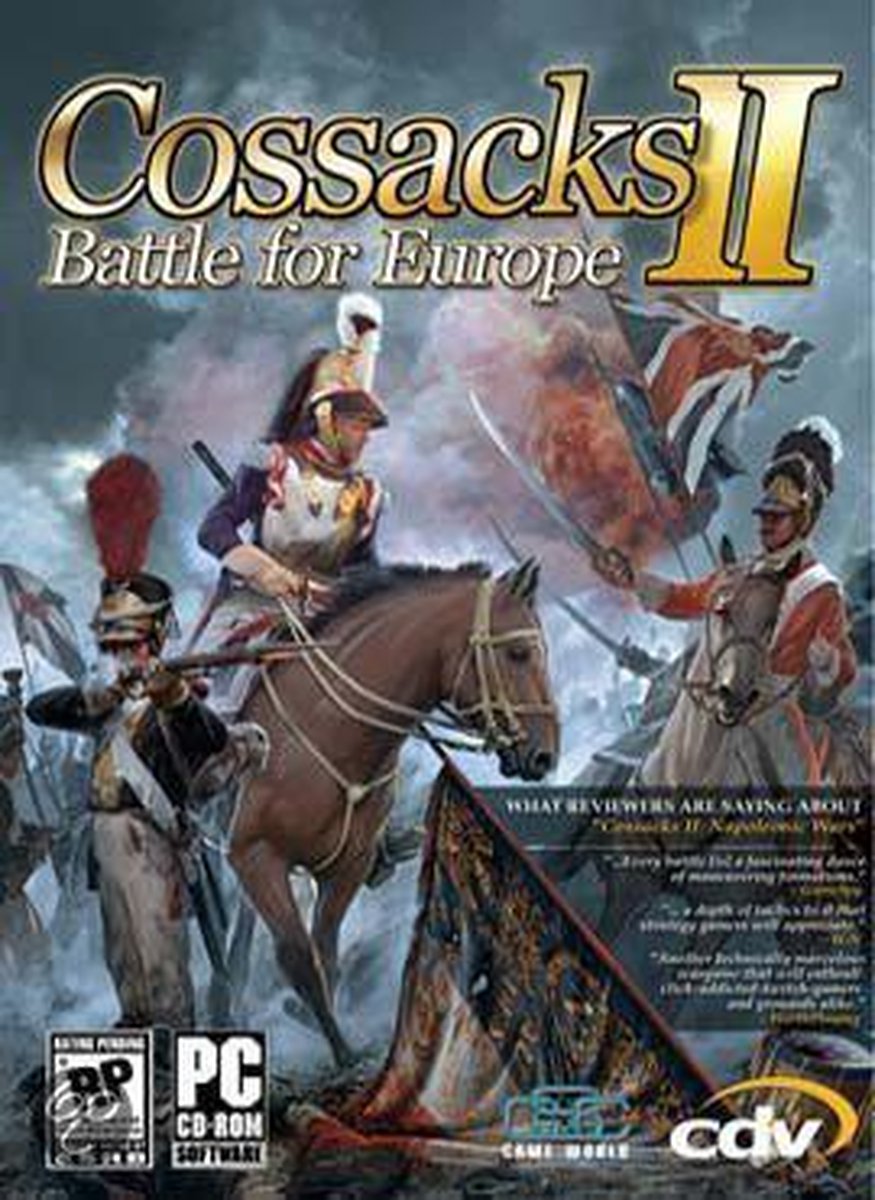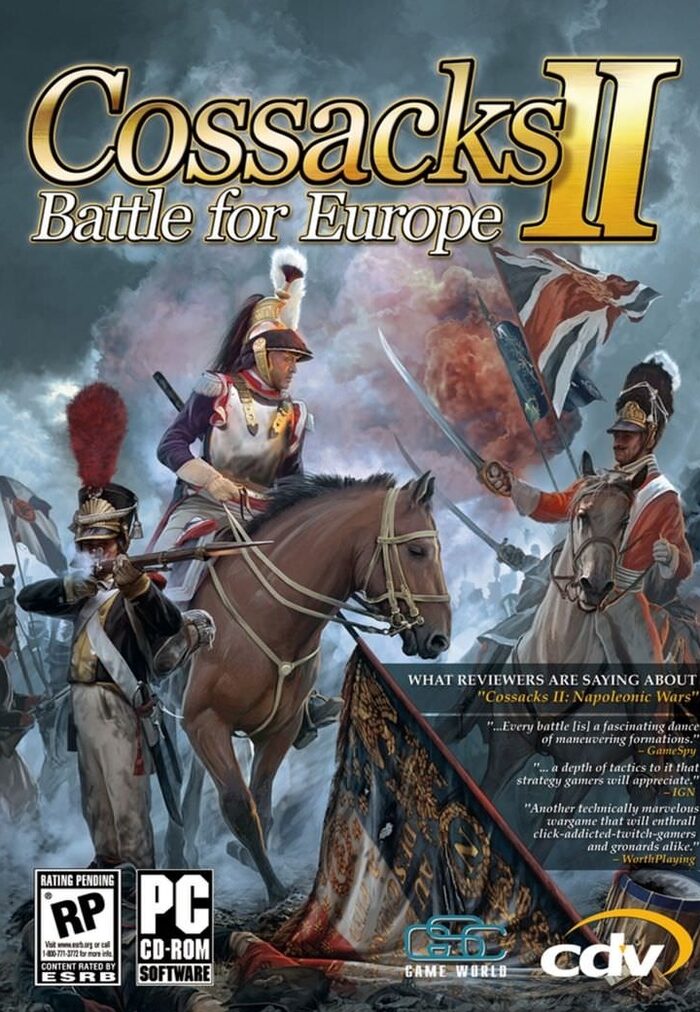

Originally, the term referred to semi-independent Tatar groups ( qazaq or "free men") who inhabited the Pontic–Caspian steppe, north of the Black Sea near the Dnieper River. The origins of the Cossacks are disputed. 8.1.1 Registered Cossacks of the Russian Federation.5.10 Anticommunist Cossacks in exile and World War II, 1920–1945.5.9 Cossacks in the Soviet Union, 1917–1945.5.8 Bolshevik uprising and Civil War, 1917–1922.5.7 After the February Revolution, 1917.4.3 Black Sea, Azov and Danubian Sich Cossacks.

Between 3.5 and 5.0 million people associate themselves with the Cossack cultural identity across the world Cossack organizations operate in Russia, Kazakhstan, Ukraine, Belarus, and the United States. In the 2002 Russian census, 140,028 people declared Cossack ethnicity, while 67,573 people identified as Cossack in the 2010 census.

During the 1990s, many regional authorities agreed to hand over some local administrative and policing duties to their Cossack hosts. In 1988, the Soviet Union passed a law allowing the re-establishment of former Cossack hosts and the formation of new ones. During the Perestroika era in the Soviet Union in the late 1980s, descendants of Cossacks moved to revive their national traditions. Īfter World War II, the Soviet Union disbanded the Cossack units in the Soviet Army. They inhabited sparsely populated areas and islands in the lower Dnieper, Don, Terek, and Ural river basins, and played an important role in the historical and cultural development of both Ukraine and Russia. The correct vector of development will help to hide flaws in the strength of the mounted troops or the protection of their own territories.The Cossacks are a group of predominantly East Slavic Orthodox Christian people who became known as members of democratic, self-governing, semi-military communities originating in the steppes of Eastern Europe (in particular the Dnieper, in the Wild Fields). Each faction relies on its many strengths when choosing tactics and strategies. The cavalry is vulnerable to spearmen, but easily sweeps away archers or swordsmen, arrows ideally destroy slow and clumsy pikemen, but have problems with armored knights and so on. The game balance is based on a rock-paper-scissors principle. To implement new storylines, 3 more playable countries (in addition to the 6 existing ones) were added to the Battle for Europe game: Spain, the Duchy of Warsaw and the Union of the Rhine.


 0 kommentar(er)
0 kommentar(er)
